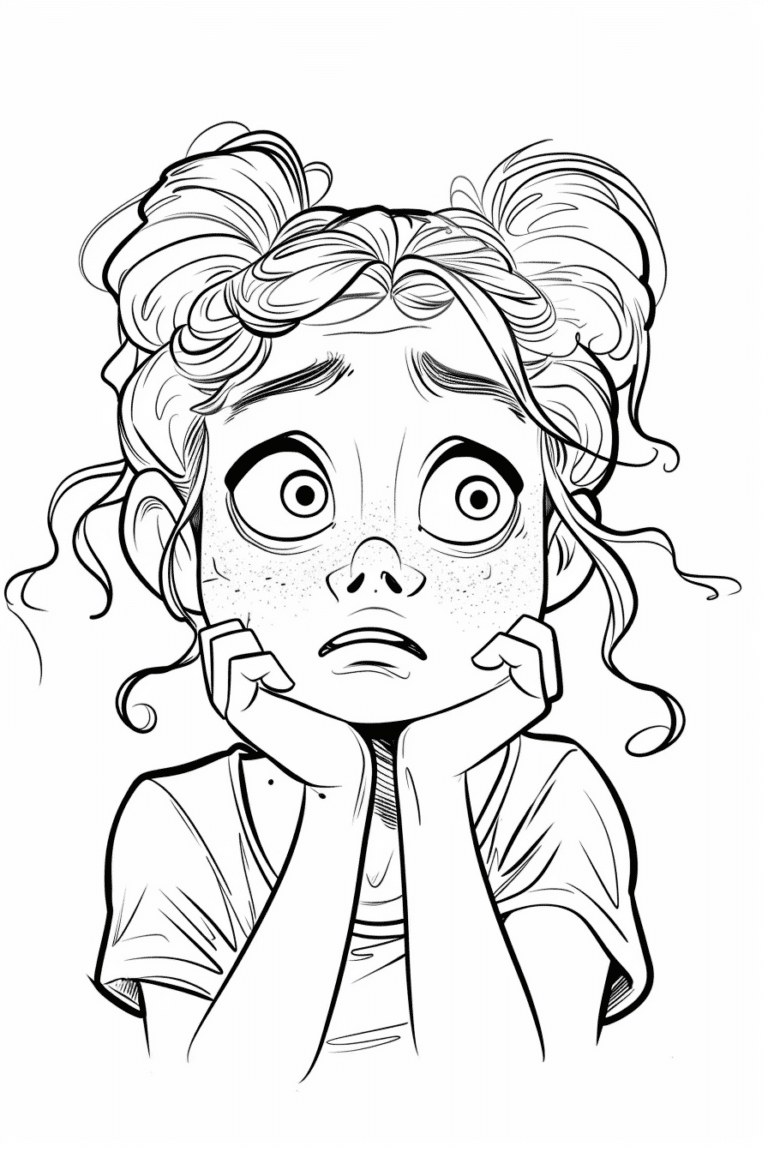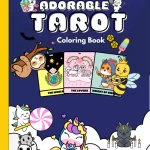Physical Address
304 North Cardinal St.
Dorchester Center, MA 02124
If you think you need hours of free time to improve your drawing skills, think again! Many people assume that good art takes endless dedication and long, uninterrupted sessions, but that’s not true. Even short bursts of sketching can help you grow as an artist and keep your creative muscles active.
Let’s address common objections about not having enough time to draw and show you how quick sketching can fit into even the busiest schedule.
You don’t need hours to practice drawing. Even 5-10 minutes can make a difference! Quick sketching is all about focusing on small, achievable goals instead of trying to create a masterpiece. Whether you’re on a coffee break, waiting for the bus, or winding down at night, there’s always a way to sneak in a little sketching.
Think of quick sketching as a workout for your creativity. Just like exercising for a few minutes a day keeps your body healthy, short sketching sessions keep your artistic skills sharp.
Set a timer for 5-10 minutes and draw whatever comes to mind.
Carry a small sketchbook or notebook with you for on-the-go doodles.
Use everyday downtime, like waiting in line or during your lunch break, to sketch simple objects.
The goal of quick sketching isn’t to create a finished piece—it’s to practice and explore ideas. Quick sketches let you focus on capturing the essence of a subject without getting bogged down in details. Over time, this improves your ability to work faster and more confidently.
Even unfinished sketches have value. They teach you how to break down complex forms, improve your hand-eye coordination, and experiment with ideas.
Choose one focus for your sketch, like shape, movement, or proportions.
Limit yourself to simple subjects, like a coffee cup, a plant, or your hand.
Don’t worry about perfection—embrace the messy, unfinished look!
While longer practice sessions are great, consistency is even more important. Sketching for a few minutes every day adds up over time. Those small efforts help you build habits, sharpen your skills, and make drawing feel more natural.
Think of quick sketching like warming up before a workout. It’s not about intensity—it’s about showing up regularly and staying engaged with your art.
Set a daily goal, like sketching for 10 minutes a day. Over time, this adds up to hours of practice!
Use prompts or challenges to stay motivated. For example, sketch one object from your room each day.
Focus on one specific skill, like shading, gesture, or perspective, during each session.
You don’t need elaborate ideas to start sketching! Simple things around you—like a mug, a chair, or even your pet—make great subjects. You can also use photo references, online prompts, or draw from your imaginatio
Remember, the point of quick sketching isn’t to create a masterpiece—it’s to practice and have fun. The subject can be as simple or random as you want.
Draw objects in your surroundings, like your shoes, a book, or a plant.
Use simple prompts like “draw a tiny house,” “sketch a cute animal,” or “draw a fruit bowl.”
Create doodles from your imagination—don’t overthink it!
You don’t need fancy tools for quick sketching. A simple pencil and any piece of paper (even a napkin!) will work just fine. Quick sketching is about flexibility and creativity, not about having the “perfect” materials.
The portability of sketching is one of its best features. You can draw almost anywhere with the bare minimum of supplies.
Keep a small notebook or sketchpad in your bag or pocket.
Use whatever tools you have on hand, like a ballpoint pen or scrap paper.
Download a free drawing app on your phone or tablet for digital sketching on the go.
Quick sketches are absolutely real art! Many professional artists use quick sketches to brainstorm ideas, practice techniques, or warm up before longer sessions. Sketching trains your brain and hands to work together, making your future art better and stronger.

Art isn’t defined by how long it takes to make. A simple 5-minute drawing can be just as meaningful as a detailed piece that takes hours. Quick sketches are a vital part of your artistic journey.
Treat your sketches like a journal—capture moments, ideas, or emotions as they happen.
Combine your quick sketches into a collage or digital mood board to see how they fit together.
Embrace imperfection—your sketch is still valuable, even if it’s messy or incomplete.
Quick sketching is about making art fit into your life, not the other way around. It removes the pressure of perfection and helps you focus on what matters: creativity, practice, and fun. Even if you only have 5 minutes, you can use that time to express yourself, learn something new, or relax through drawing.
Grab a pencil and paper, set a timer for 5 minutes, and draw whatever catches your eye. It could be your coffee mug, your hand, or something from your imagination. The key is to start—and to keep going, even if it’s just for a few minutes a day.




